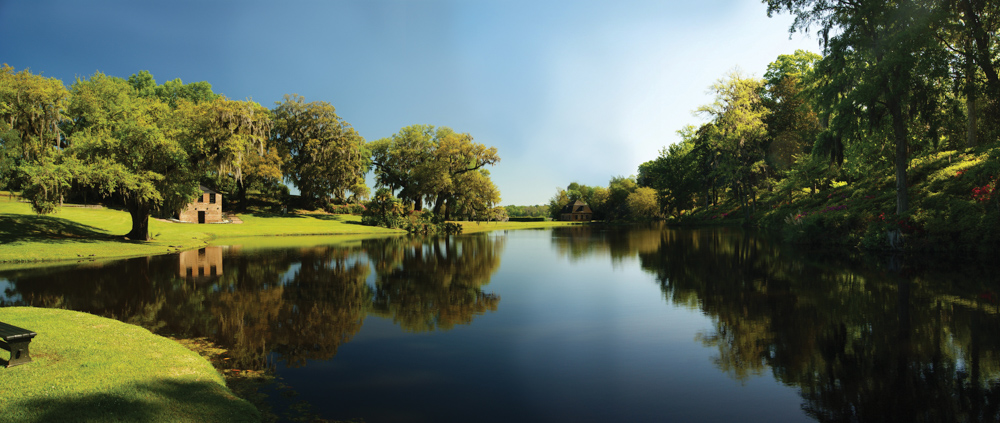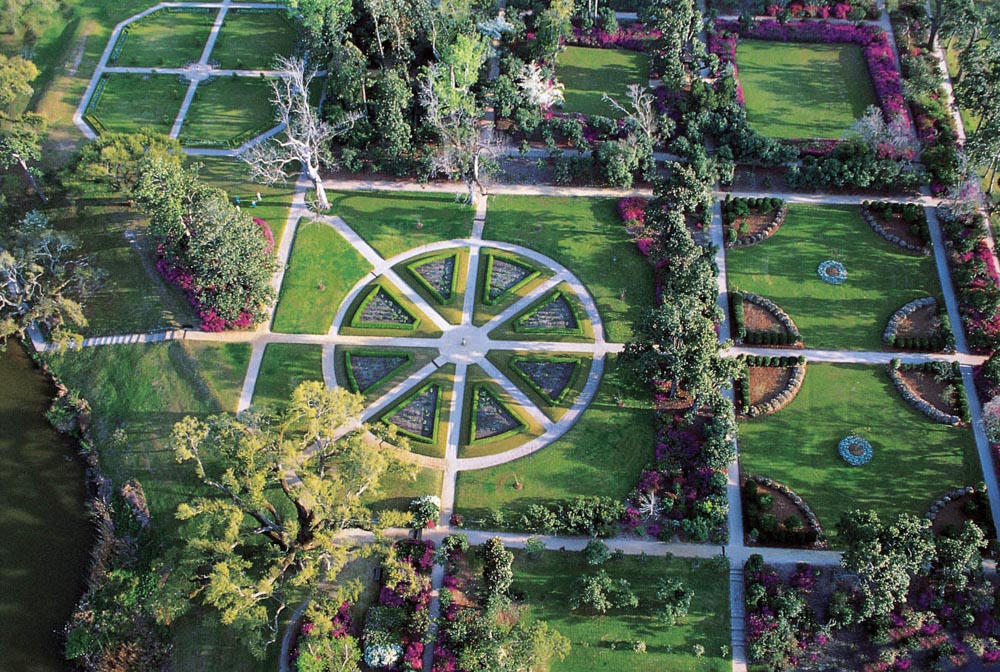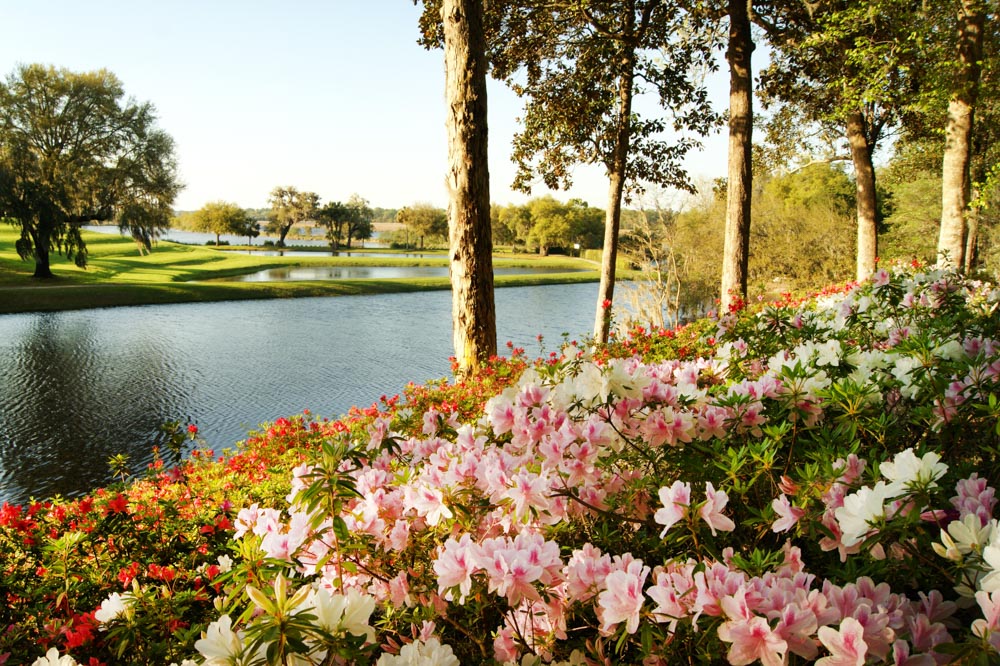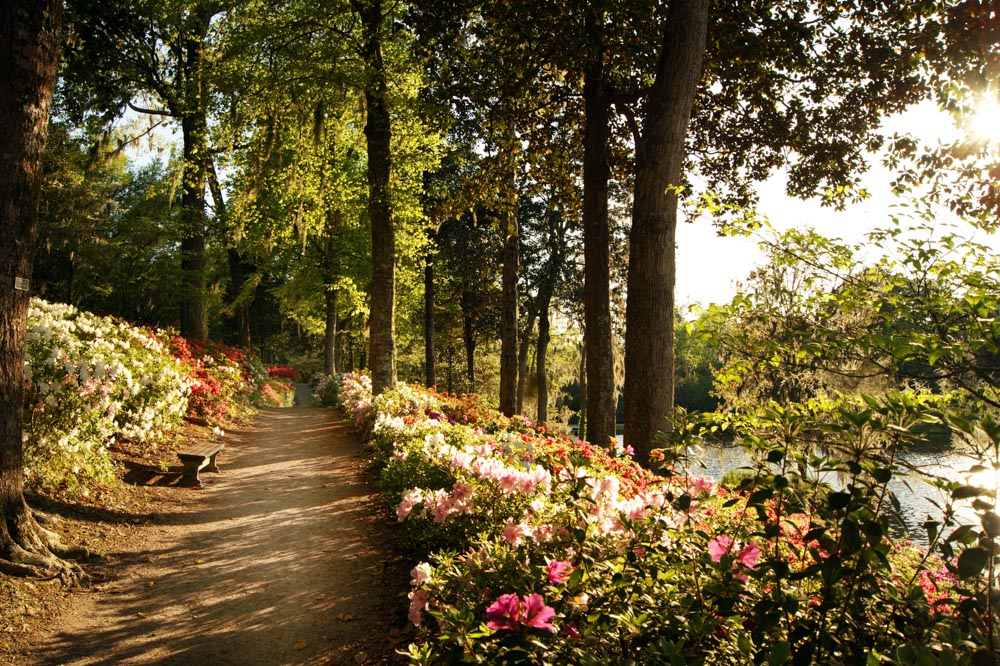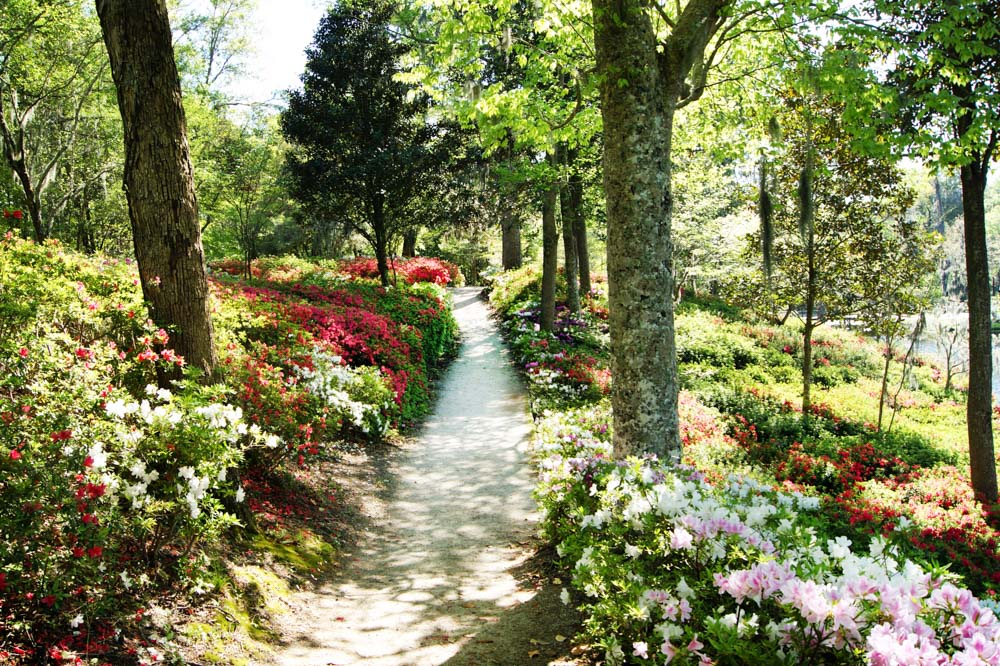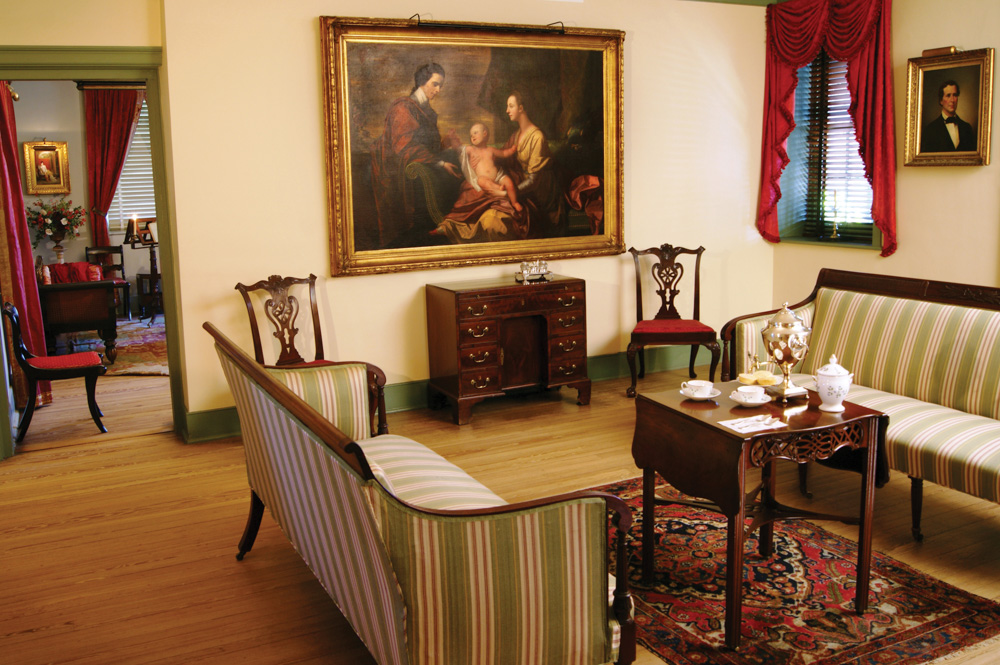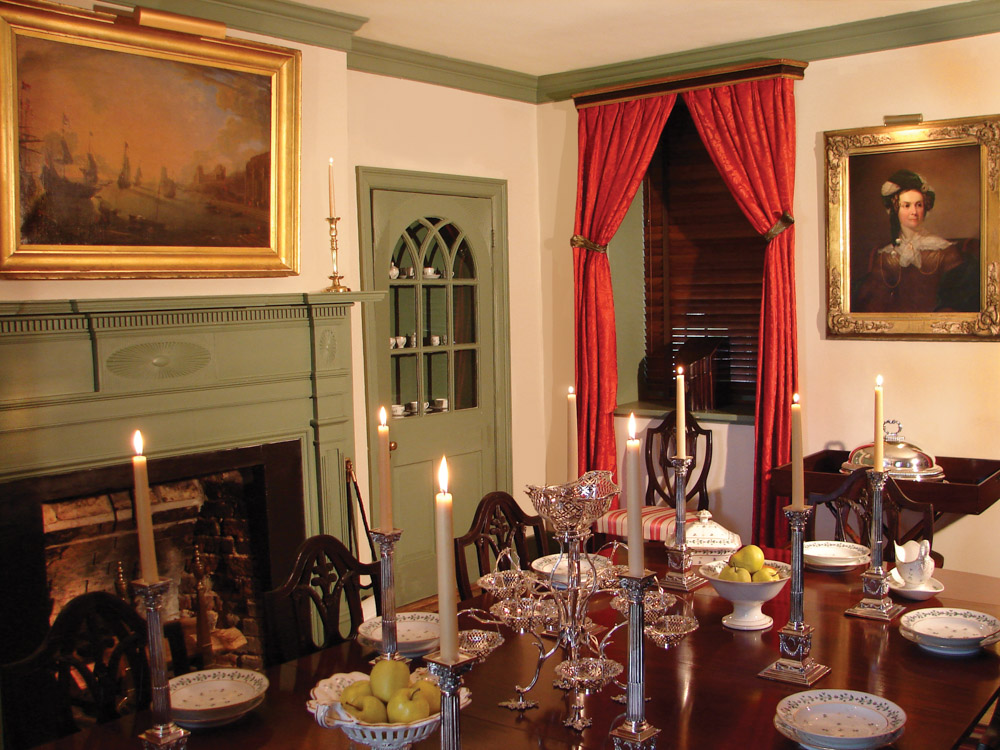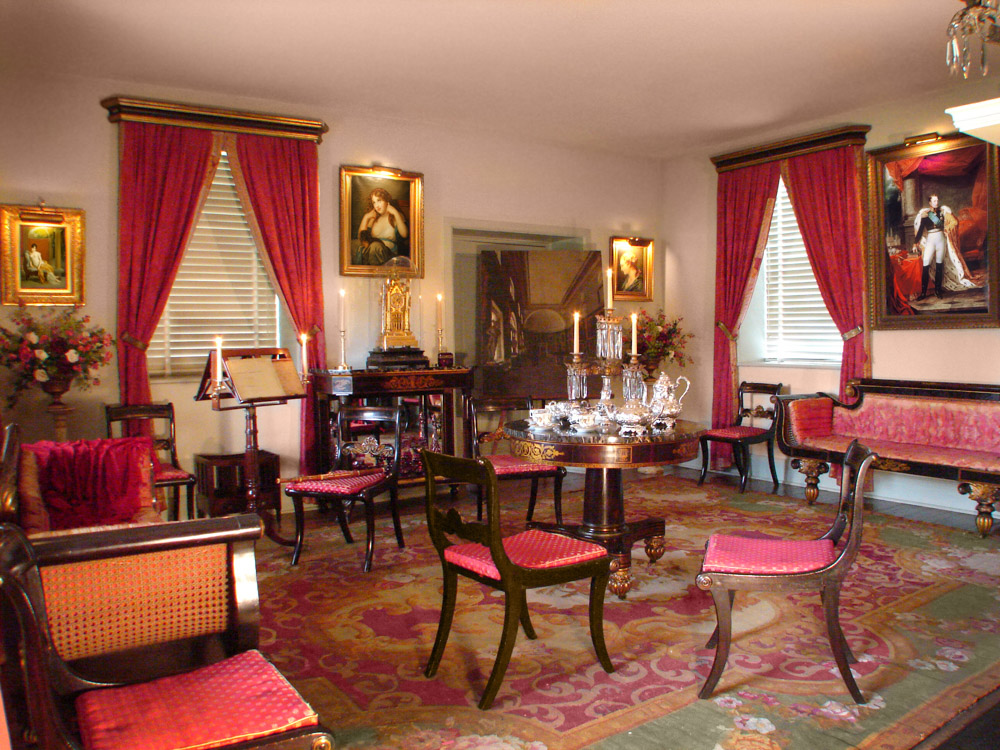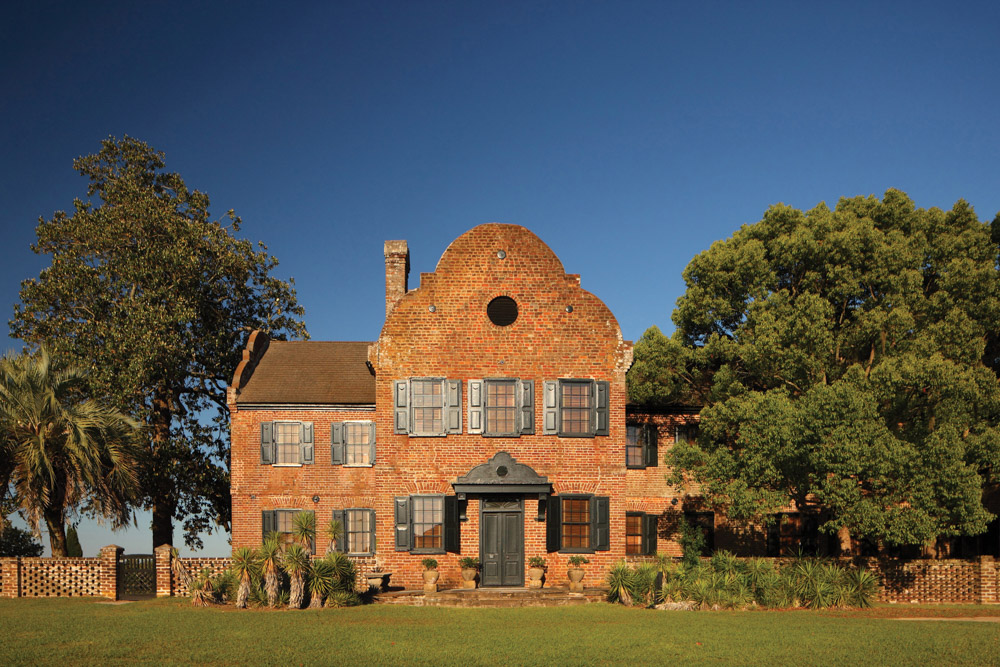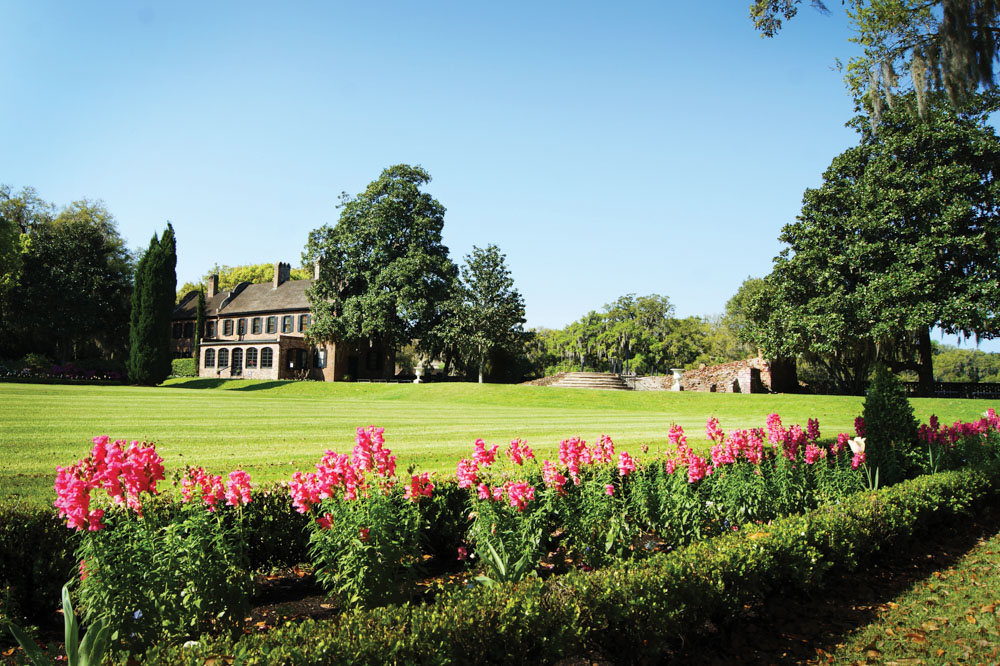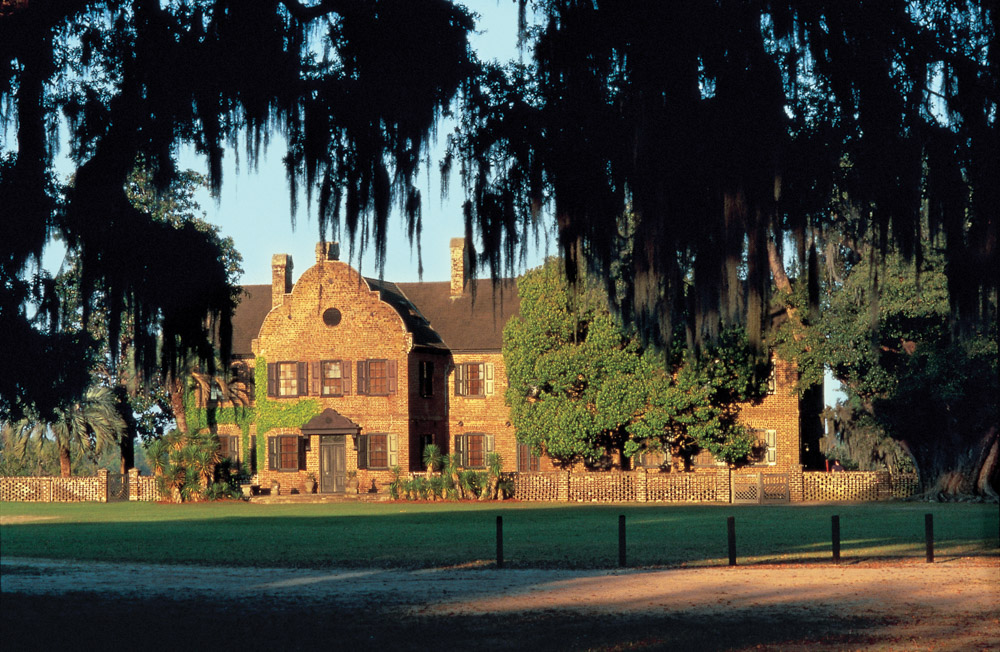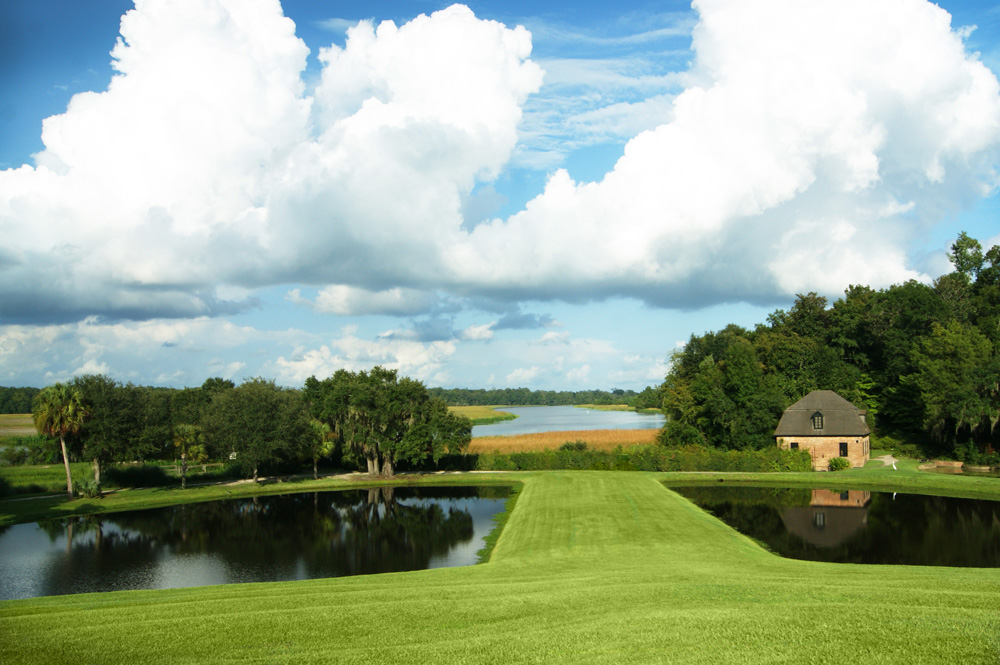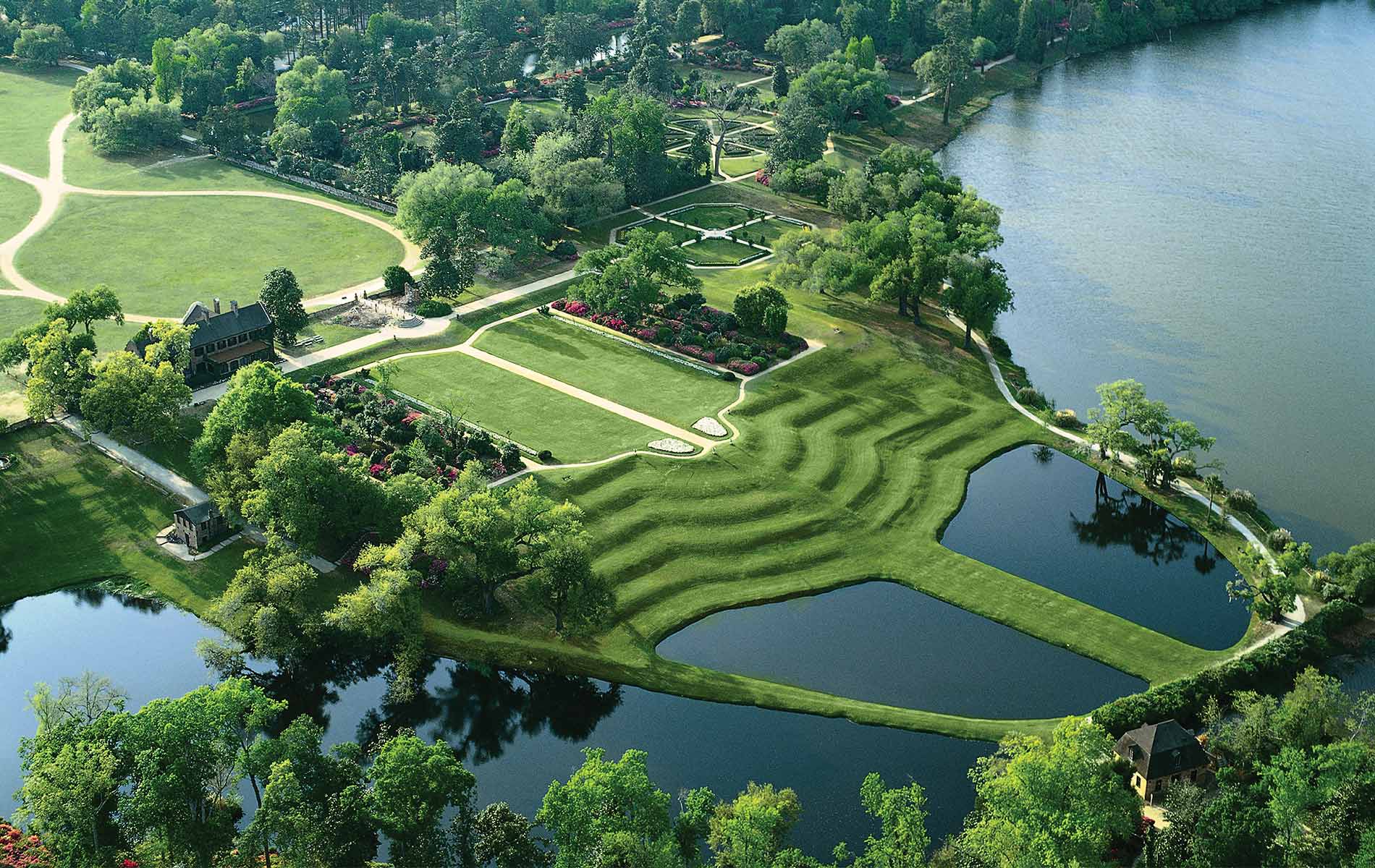
vie-magazine-middleton-house
Journey through Time at Middleton Place
By Anne W. Schultz | Photography courtesy of Middleton Place
“Location, location, location.” This real estate axiom applied as much to property values in the colonial South as it does today—especially when it came to selecting land for a rice plantation in the South Carolina Low Country. Successful rice cultivation required large tracts with a water source nearby—preferably a river for irrigation, flooding fields, and transporting the finished product by boat to Charleston’s port, where it would be shipped abroad.
In the early 1700s, John Williams searched south of Charleston for the perfect location to live out the eighteenth-century English ideal of a country squire with a vast estate. Those lofty ambitions were possible in the New World, as planters amassed huge fortunes in a colonial plantation system where hundreds of enslaved Africans did the grueling work. Over time, this elite planter class evolved into the only genuine aristocracy in America and lived a lavish lifestyle exceeding its members’ wildest dreams.
When Williams climbed to the summit of a forty-foot-high bluff overlooking the Ashley River, he must have realized that he’d lucked out. From this high vantage point, the river canal appeared to aim straight at where he stood, and when struck by sunlight, it gleamed like a silver-paved entrance to the ideal site for his three-story Jacobean-style home.
When this manor was completed in 1705, the vertical line of the river aligned with its spacious central hall. The plantation, later called Middleton Place, more closely resembled Downton Abbey than the column-embellished neoclassical manors that evolved later. In his book A Short History of Charleston, Robert Rosen writes, “The character of Charleston reflected Restoration England just as Boston reflected Puritan England in the eighteenth and nineteenth centuries.”
The plantation, later called Middleton Place, more closely resembled Downton Abbey than the column-embellished neoclassical manors that evolved later.
Some thirty years later, when Williams’s son-in-law Henry Middleton acquired the two-hundred-acre estate as a dowry, he used sixty-five acres of the main property for a garden. He hired an English gardener to transplant the formality of classic design onto the unruly wilderness of Southern shores, following the principles of André Le Nôtre, the landscape architect who laid out the gardens at the Palace of Versailles in France.

The classic design of that age favored symmetry and order above natural flow or colorful flowers. Lawns were clipped as short as golf course greens, stretching snug as skin over the rolling contours of the land. According to historical accounts, a workforce of a hundred slaves took almost a decade to complete the sweeping vistas, the precise geometric shapes and exacting symmetry of outdoor rooms, walkways, allées, and ornamental ponds, and the unique twin lakes shaped like open butterfly wings.
Henry’s son Arthur brightened the design by adding the flowering trees and shrubs now considered iconic to the South. It turns out that these favorites were actually imported through Charleston from Asia in the eighteenth century as part of a flurry of global plant exchanges. In the spring, azaleas native to Japan blazed across the landscape in frothy banks of watermelon-pink flowers, and camellias imported from China colored the winter scene with ruffled blossoms in multiple combinations of pink and white, all set off by glossy green leaves.
André Michaux—botanist to King Louis XVI of France—gifted his neighbor, Henry Middleton, with a particularly showy camellia variety along with other plants from China, including crape myrtles, sweet olives, and tea plants. Today, the property features both the nation’s oldest living camellia (at two hundred and twenty-nine years old) and its oldest single-trunk live oak, which is estimated to be eight hundred to a thousand years old.
In the spring, azaleas native to Japan blazed across the landscape in frothy banks of watermelon-pink flowers, and camellias imported from China colored the winter scene with ruffled blossoms in multiple combinations of pink and white, all set off by glossy green leaves.
The gardens lay neglected for sixty years after the Civil War, until 1925, when Middleton family descendant J. J. Pringle Smith and his wife, Heningham, embarked on a fifteen-year restoration project. Their work paid off. In 1941, the Garden Club of America recognized Middleton Place as America’s oldest landscaped gardens and “the most interesting and important garden in America.” The overall property is designated as a National Historic Landmark.
Take a garden tour to make the gardens even more fascinating as a trained docent points out subtle nuances and historical landscape details most of us would miss. “See how native trees like live oaks and magnolias provide framework for the secondary gardens at both sides of the house,” a docent said to a recent tour group. “Here is where clipped hedges formed leafy walls for outdoor rooms like secret gardens where children played and woman gossiped over tea.” She led the group into an enclosed space and continued, “Octagonal-shaped lawns set off by boxwood made nifty spaces for bowling games. Look at these magnolia trees—how they are trimmed severely to resemble Greek columns.”
For an introduction to the illustrious Middleton family who lived on the estate for four generations, visit the House Museum in the South Flanker, the only remaining portion of the original house, which was burned down by Union troops. The donated collection of priceless antique furniture, silver, porcelain, and paintings by such notables as Thomas Sully reflects a family who played a major role in our country’s earliest history. Henry Middleton became the second president of the First Continental Congress, and his son Arthur signed the Declaration of Independence. Arthur’s son, also named Henry, rose to distinction as governor of South Carolina, and his son William signed the Ordinance of Secession.
A tour of the revitalized stable and barnyards illustrates the essential part enslaved African Americans played in the plantation system. Planters had no idea how to grow rice but depended heavily on the skills and knowledge of slaves who had cultivated rice in Africa. These slaves understood the complicated process of manipulating the interactions of tidal and freshwater systems, which is crucial to rice production, and they endured intensive labor made worse by a hot, humid climate. Costumed docents and heritage barn animals bring these long-ago scenes to life.
When the Middleton family graciously opened the doors of Middleton Place to the general public in 1952, they allowed many to experience the luxurious surroundings and lavish lifestyle once available to only a wealthy, privileged few. Middleton Place lends a broader perspective of our country’s earliest origins and a deeper insight into what later transpired. The demise of the colonial plantation system and the emancipation of slaves prepared fertile soil for democracy and the growth of a hybrid country where freedom and equality were possible for all.
— V —
For general information and tour schedules, visit middletonplace.org or call (800) 782-3608.
Live like landed gentry with twenty-first-century amenities at the Inn at Middleton Place, which is secluded in native forest a short walk from Middleton Place. One of two hotels in South Carolina chosen for National Geographic Traveler magazine’s annual Stay List, the fifty-five-room inn perfectly complements the aesthetics of the nearby plantation. For more information, visit theinnatmiddletonplace.com or call either (800) 543-4774 or (843) 556-0500.
Launch a kayak from the inn for a watery perspective on Middleton Place as part of a tour by Charleston Kayak Company. For reservations and information, visit charlestonkayakcompany.com, call (843) 628-2879, or e-mail info@charlestonkayakcompany.com.
Share This Story!
KEEP UP WITH THE LATEST STORIES FROM VIE



